Regardless of your age, there is nothing like going outside, getting your hands dirty, and tending to the garden. Not only is gardening a great physical activity that gets you moving, it can provide a number of health benefits that improve your overall quality of life. If you’re a senior looking for a retirement hobby or seeking a community of like-minded gardening folks, this guide is for you.
We’ve compiled a list of some important gardening resources for seniors that can be applied whether you’re brand new to gardening or have had an established garden for years. This guide will cover four important elements of senior gardening after retirement.
- How to Create an Accessible Garden
- Gardening Safety Tips for Seniors
- Benefits of Gardening
- Gardening Tools
How to Create an Accessible Garden
The best thing about gardening is it’s both a mentally and physically engaging activity that can be adapted for everyone to enjoy. Whether you have muscle or joint issues or utilize a wheelchair for mobility, there are a number of different ways a garden can be designed to fit your accessibility needs.
Use Raised Garden Beds
While many gardens are grown at ground level, raised beds allow gardeners to access their plots without having to bend or kneel to tend to their beds. Raised beds also allow you to more easily control the soil quality and temperature of your garden — offering gardeners a higher quality crop and yield than traditional beds.
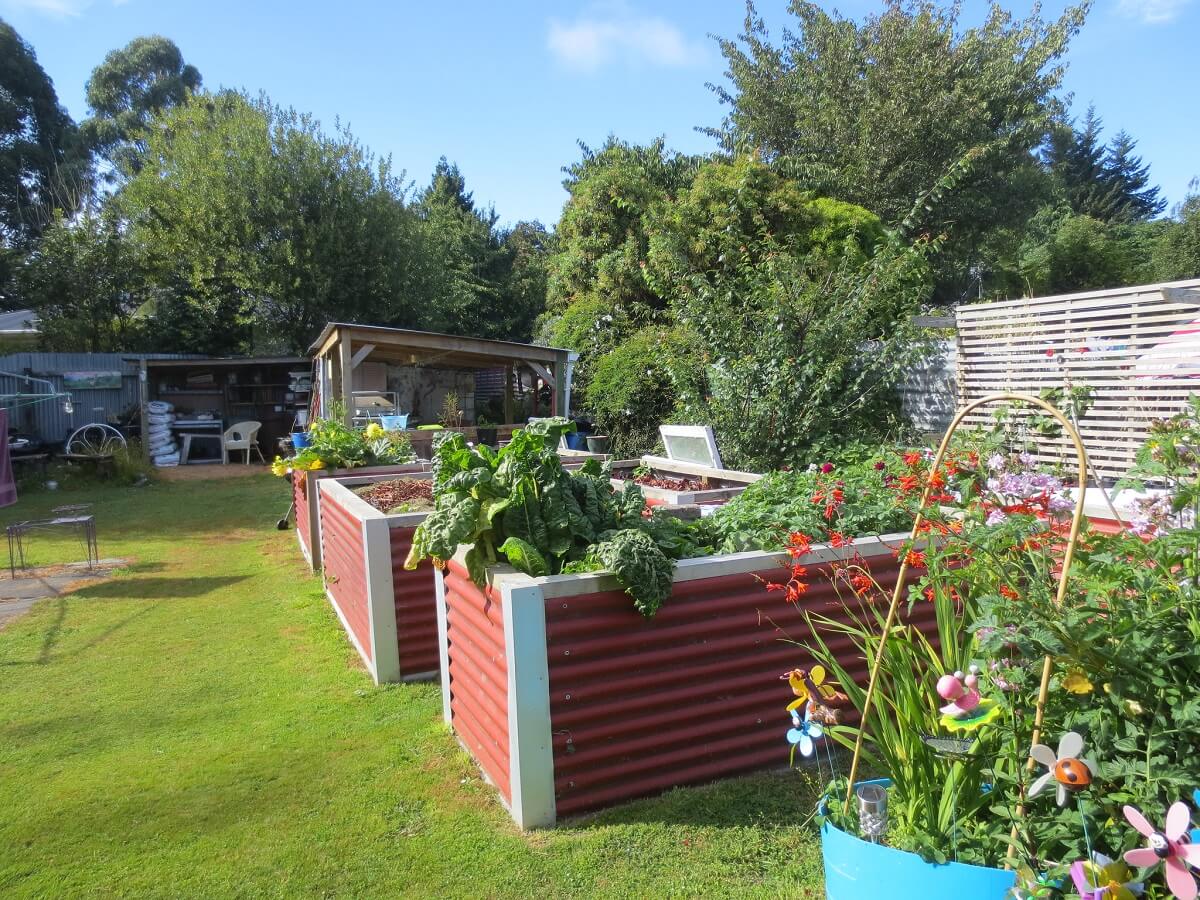
When it comes to harvesting your crops, having your plants at an easy-to-access level makes the potentially back-breaking process safer and easier.
How to Pick the Right Raised Garden Bed for Your Needs
- Consider going with a raised garden bed plan that is elevated on sturdy legs rather than one that sits directly on the ground.
- Think about the height at which you’ll be gardening.
- If you use a wheelchair for mobility, choose a raised garden bed that is high enough that you can access your beds while seated.
- If you aren’t in a wheelchair, go with a raised bed that is a bit higher. You can tend to your garden without having to lean over.
- Consider how much space you need in your garden based on the seeds you intend to plant. Herbs and flowers, for instance, don’t need as much space as larger plants like rhubarb or squash.
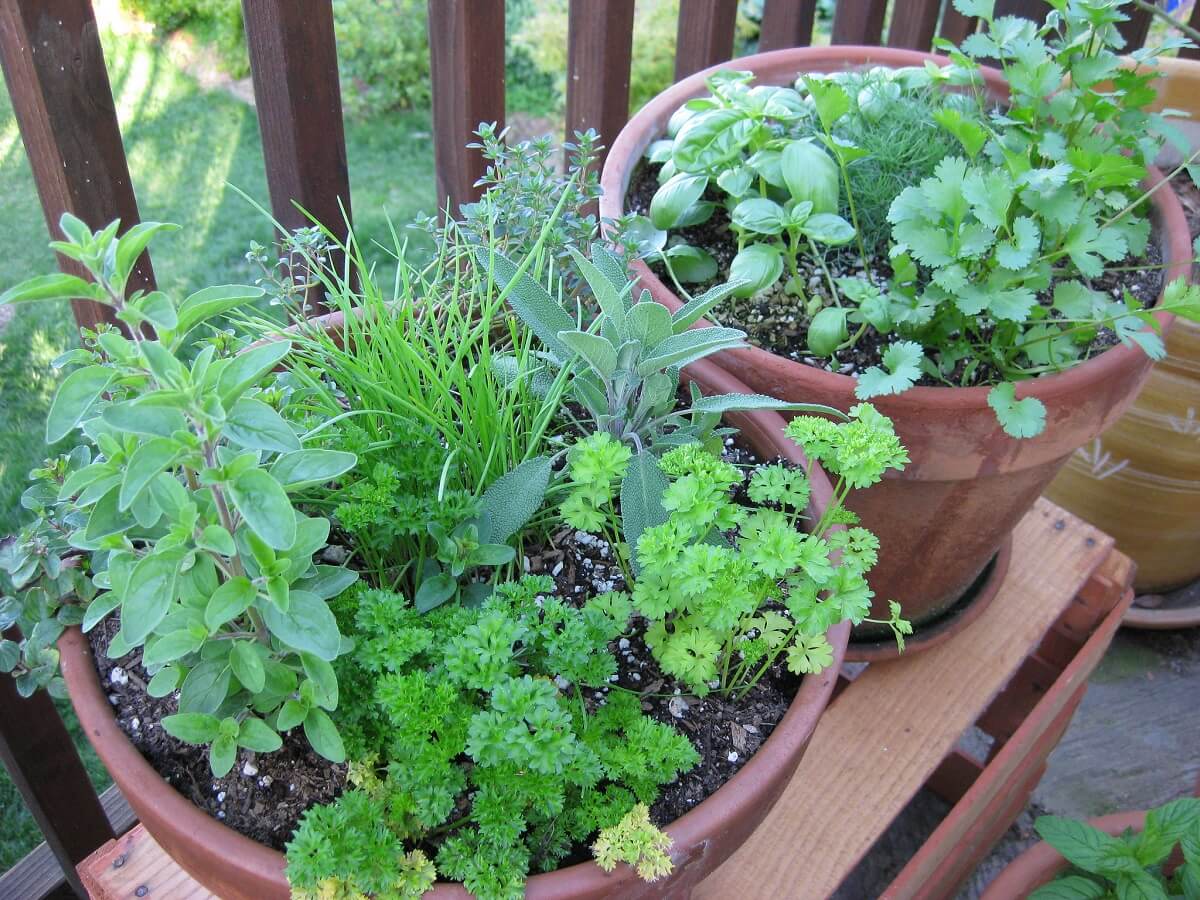
Alternative options to raised garden beds are containers and hanging baskets. They still allow for the accessibility benefits of raised beds, but create a much smaller footprint and are a good choice if you don’t intend to grow large plants that require a lot of space.
Containers and hanging baskets can be particularly useful if you live in a condo or have limited yard space but still want to exercise that green thumb.
Establish Wide Pathways
Whether or not you utilize a wheelchair, establishing wide pathways allows you to easily access a garden bed without having to worry about tripping or getting caught up on vining plants or the garden hose. As a rule of thumb, 4 feet is a good width to allow for wheelchair and walker access. That said, the wider the better so the wheelchair can be easily maneuvered.
Install a Drip Irrigation System
Even when you have raised garden beds and wide pathways, moving the garden hose from one area to another can be a total pain and inconvenience. Consider installing a drip irrigation system to eliminate the problem of dragging your hose from one end of the garden to the other.
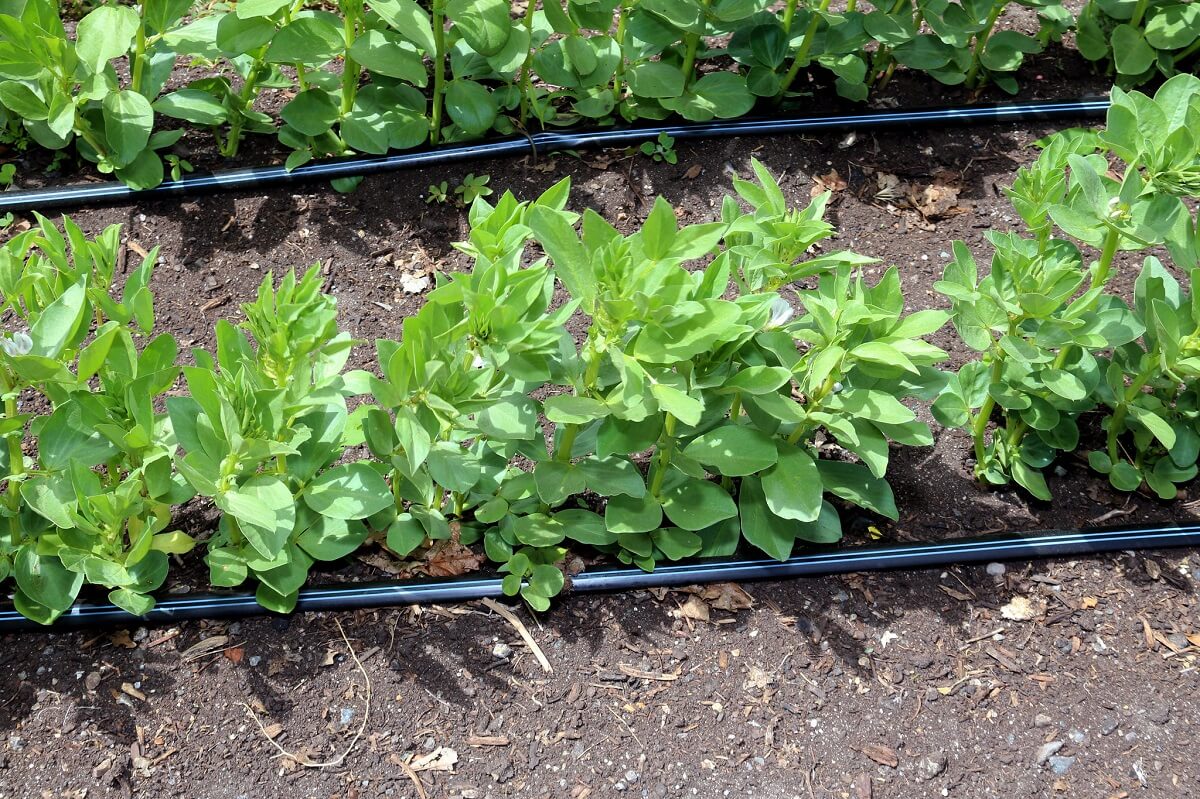
In addition to making the chore of watering your plants a breeze, drip irrigation can provide your garden with a number of benefits. Drip irrigation systems save water, prevent weeds, help control fungal diseases, and are adaptable to a variety of garden layouts and systems.
Gardening Safety Tips For Seniors
In addition to establishing an accessible garden, there are some safety tips you’ll want to keep in mind as you’re gardening and tending to your raised beds. In the middle of gardening season, the temperatures rise and the sun can feel especially scorching. In the midst of all the gardening tasks, it can be easy to forget to take precautions when it comes to protecting your skin and overall health.
Skin Protection
When you’re out in the garden during the spring and summer, it’s crucial that you protect your skin from the sun. Always wear sunscreen and make sure to invest in a thick, wide-brim hat that will add an extra layer of protection for your face and eyes.
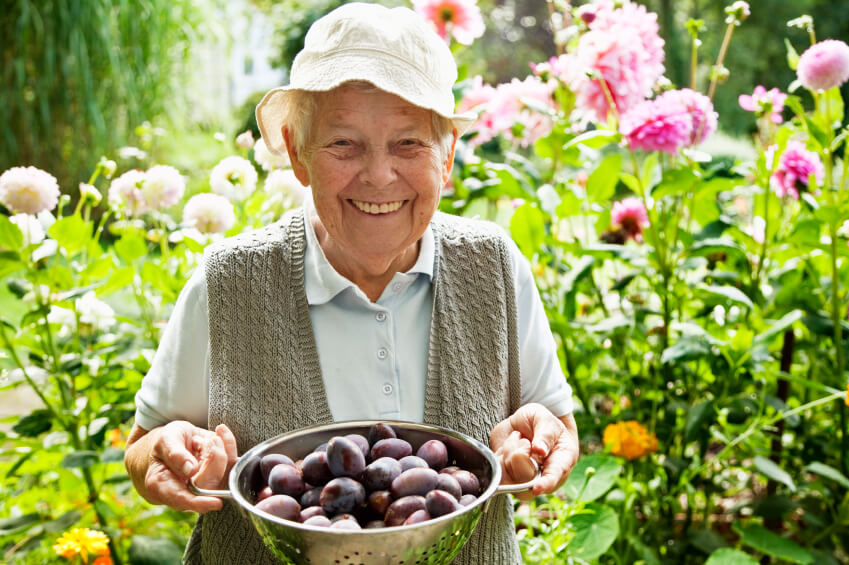
Consider purchasing or thrifting some UV-resistant clothing to protect your skin from the sun. Both Columbia and Patagonia offer a line of UV-resistant activewear that’s great not only for gardening but hiking and sightseeing, as well.
Beyond protecting your skin from the sun, make sure to invest in some high-quality gardening gloves to prevent blisters and sores. The last thing you want is to put your gardening on hold when you’re in the midst of good weather with a list of chores!
Joint and Muscle Protection
Along with protecting your skin from the elements, protecting your joints and muscles is extremely important to ensure you can continue to garden for years to come. If you aren’t utilizing raised beds, make sure to have a kneeling pad on hand to keep your knee joints safe and protected. For more tips for protecting your joints, check out this resource from the Arthritis Foundation.
To reduce fatigue, avoid doing a lot of repetitive motion. If you’ve spent a while doing small movements like weeding or planting seeds, take a break and move onto larger motions like trimming tree branches or watering the plants.
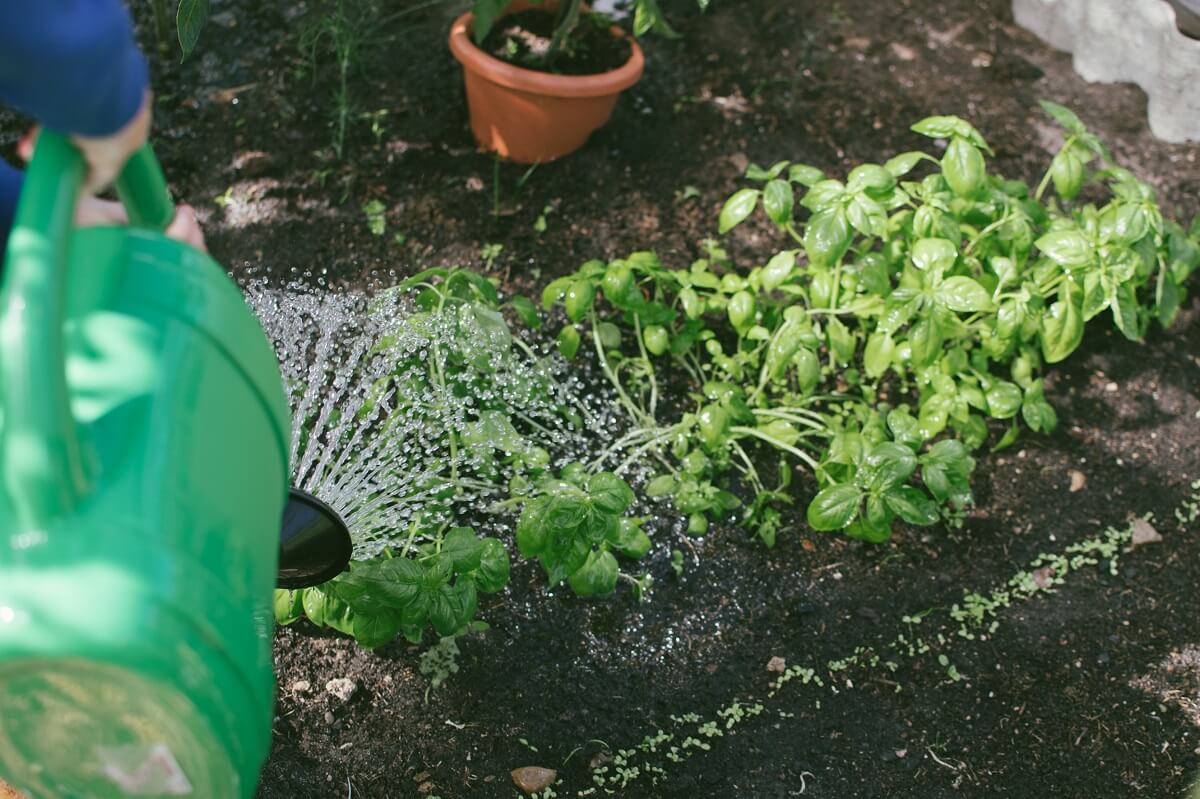
When you’re using hand tools, always make sure that you’re using them correctly and adhering to product guidelines. Check your posture and make sure you aren’t slouching or locking your knees.
Heat Protection
While protecting your skin and joints is important, it’s also worth noting that protecting yourself from the heat is key to gardening throughout the summer. Make sure to drink lots of water and stay hydrated to protect yourself from heatstroke and overexertion. If you find the heat is making you tired, take a break, drink some water, and return when you’re ready.
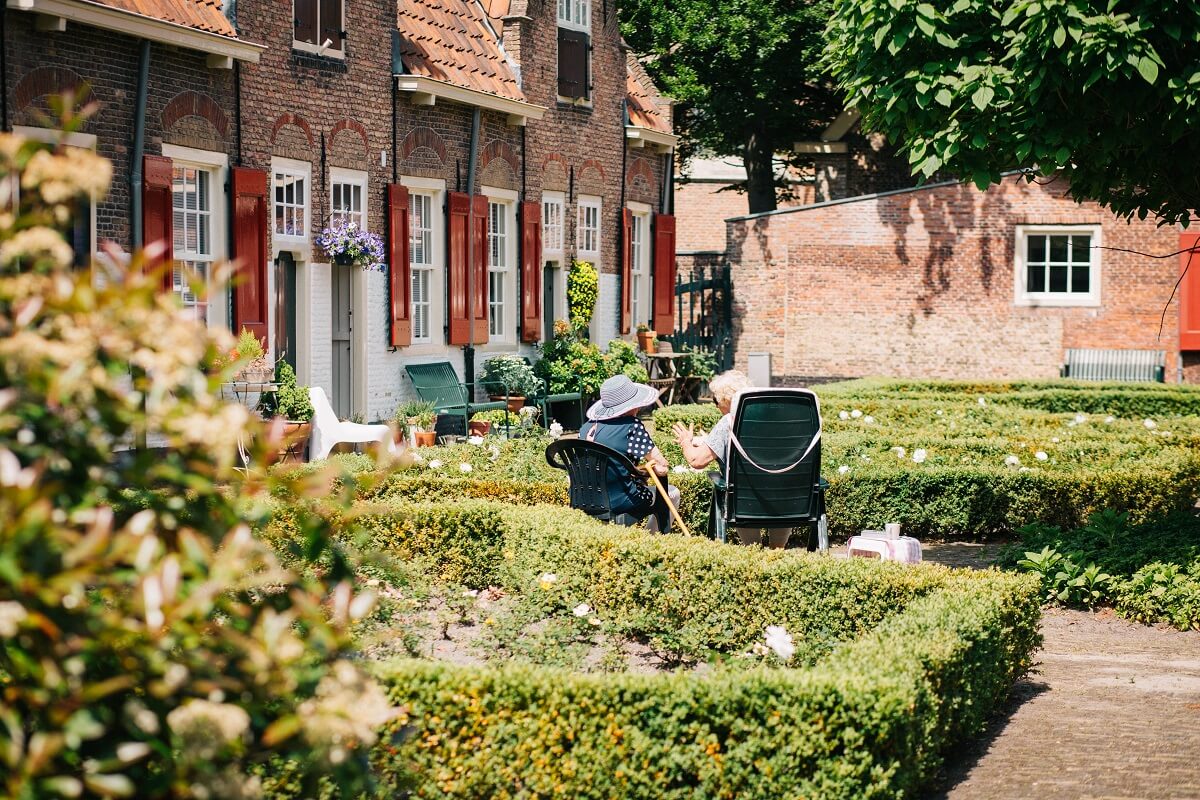
Additionally, be intentional with the foods you eat. Choose healthy, energizing snacks that will power you through an afternoon of weeding and tending to your garden beds. And if you want to avoid that midday heat altogether, garden in the early morning or the late afternoon.
Fall Prevention
Since gardening can be a fairly active endeavor, there is always a chance an accident can happen. To keep yourself and family members safe in the garden, be aware of your surroundings and make sure to keep your eyes open for potentially hazardous spaces in your garden.
- Large bumpy roots from well-established trees
- Cracks in pavers or walkways
- Slippery leaves and mulch in the fall and winter
Benefits Of Gardening
Beyond creating gorgeous scenery in your yard and providing your kitchen with fresh fruits and vegetables, gardening can offer a host of benefits to seniors.
Mental Health Benefits
One of the best ways to improve your overall mood and quality of life is to spend more time outdoors. While you can garden indoors, getting outside and spending some time with the sun on your face and your hands in the dirt can be very rewarding.
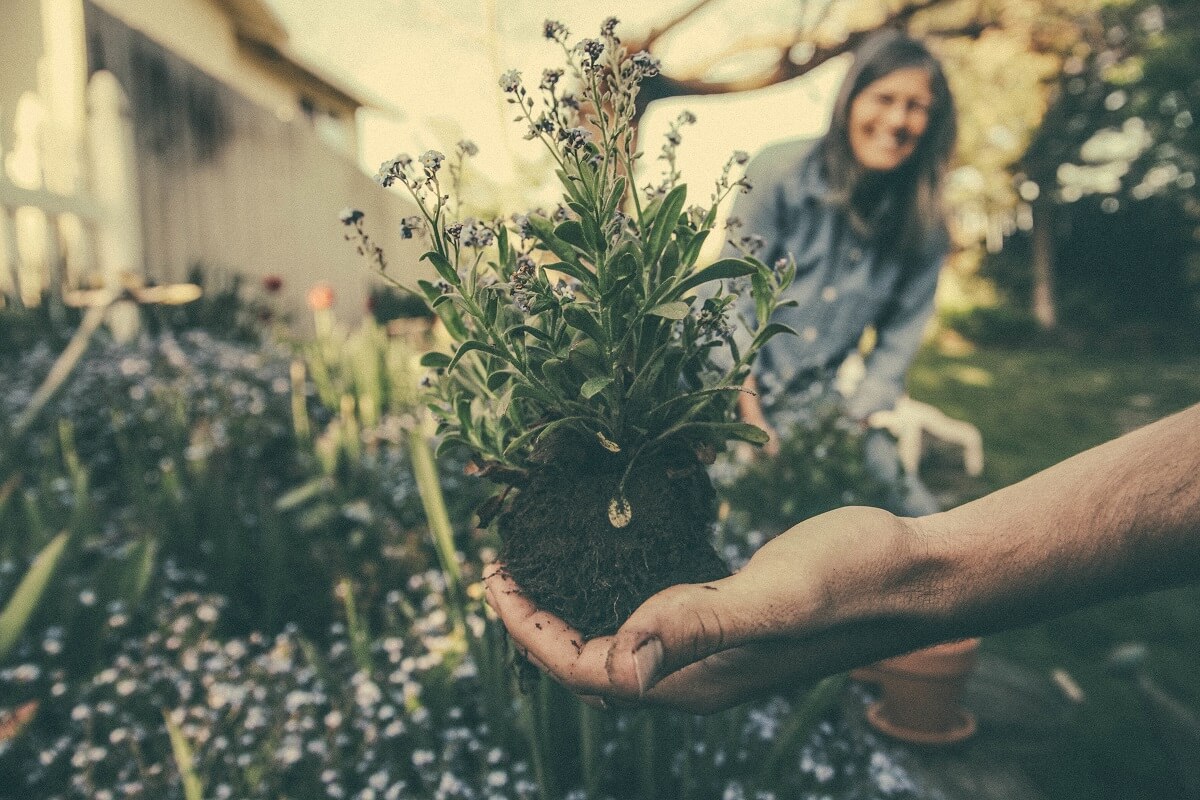
A study conducted in Australia in 2006 even showed that regular physical activity, (gardening, in particular) could reduce the risk of dementia developing later in life.
Physical Health Benefits
Any activity that gets you outdoors, moving around, and engaging functional muscles, will provide you with some physical health benefits. Gardening has you moving, twisting, and bending in all sorts of directions, providing your muscles with some much-needed exercise that will offer more strength and stability in other aspects of your life.
Building Community
Gardening can also be a very social activity that provides seniors with the opportunity to develop friendships with those that have similar interests. There are a number of ways that solo gardening can turn into a community activity.
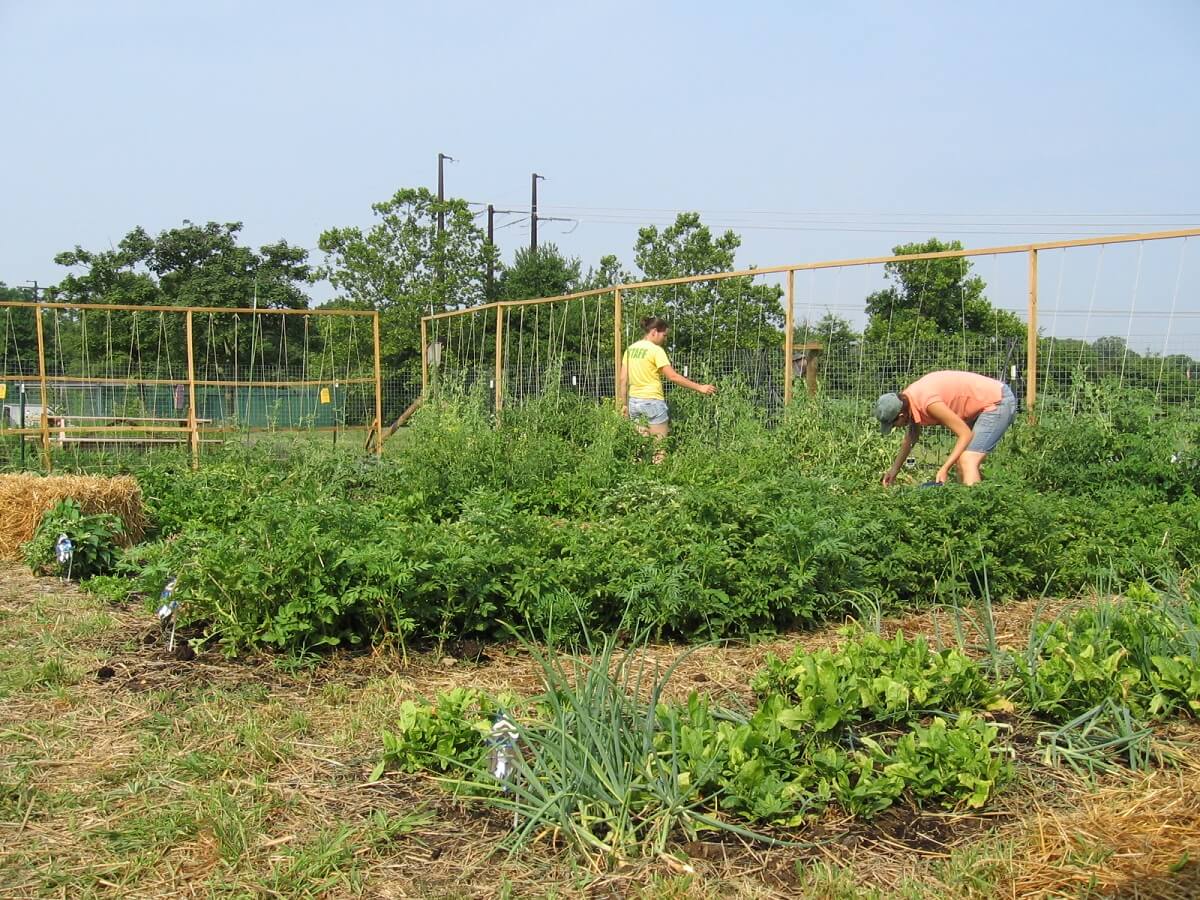
Local community gardens offer seniors the opportunity to tend their own designated gardening plot while interacting with others that are doing the same. Many of these community gardens organize gardening clubs and activities that seniors can get involved in to meet others.
In addition to community gardening, local food co-ops and senior centers are great resources to help find gardening-related events going on in the community. Gardening classes and workshops provide seniors with helpful information they can apply in their own gardens, and offer a place for gardeners to meet one another and discuss ideas.
Local Gardening Resources
- Gardening Groups on Meetup
- Local Gardening Extension Lookup Tool
- National Garden Clubs
- Gardening Events Throughout the Country
Gardening Tools
If you’re just getting started with gardening, there are a few important tools and supplies that you’ll have to invest in to get going.
Though there are all sorts of different gardening gadgets and gizmos available online, just a few functional tools are key to getting started. Some high-quality standing tools, a kneeling pad, and a dump cart will definitely help to develop your gardening skills.
Long-Handled Standing Tools
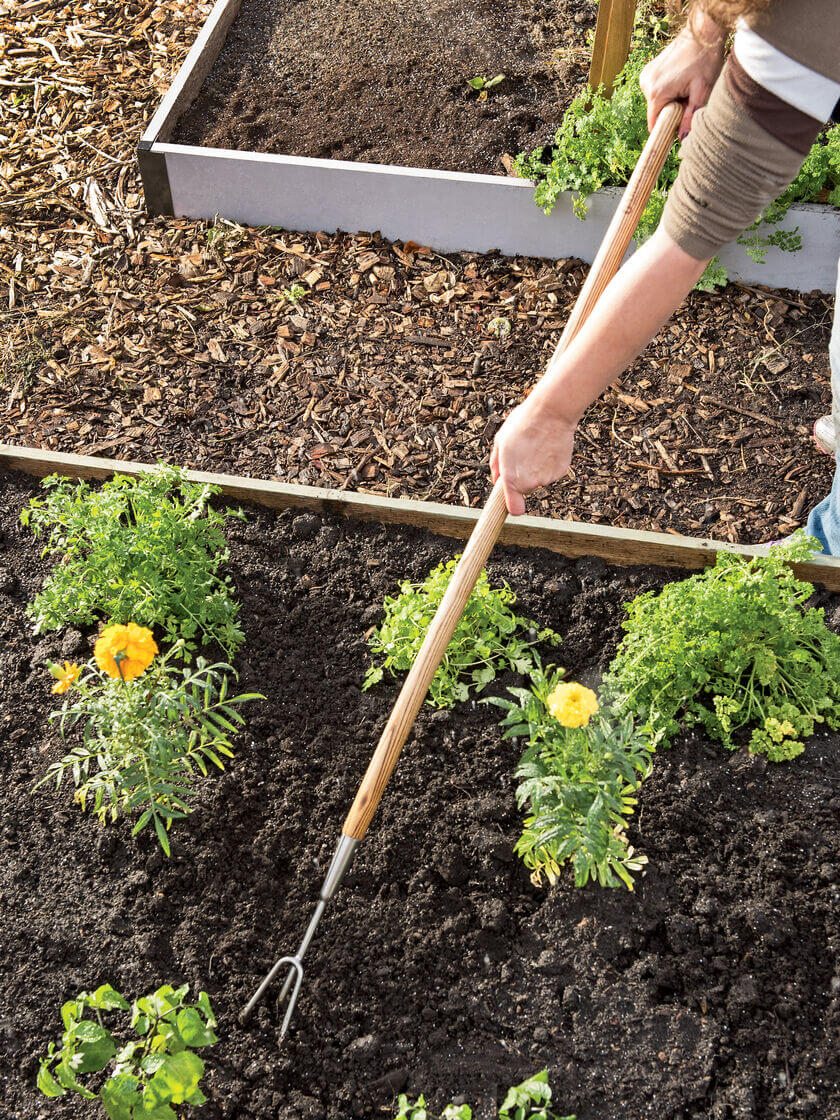
While you could go with traditional tools that have shorter handles, long-handled standing tools allow you to get the same tasks done without having to get low to the ground. A stand-up weeder and a long-handled trowel are two tools that will help you with weeding, planting seeds, and digging up dirt.
Classic Foam Kneeling Pad
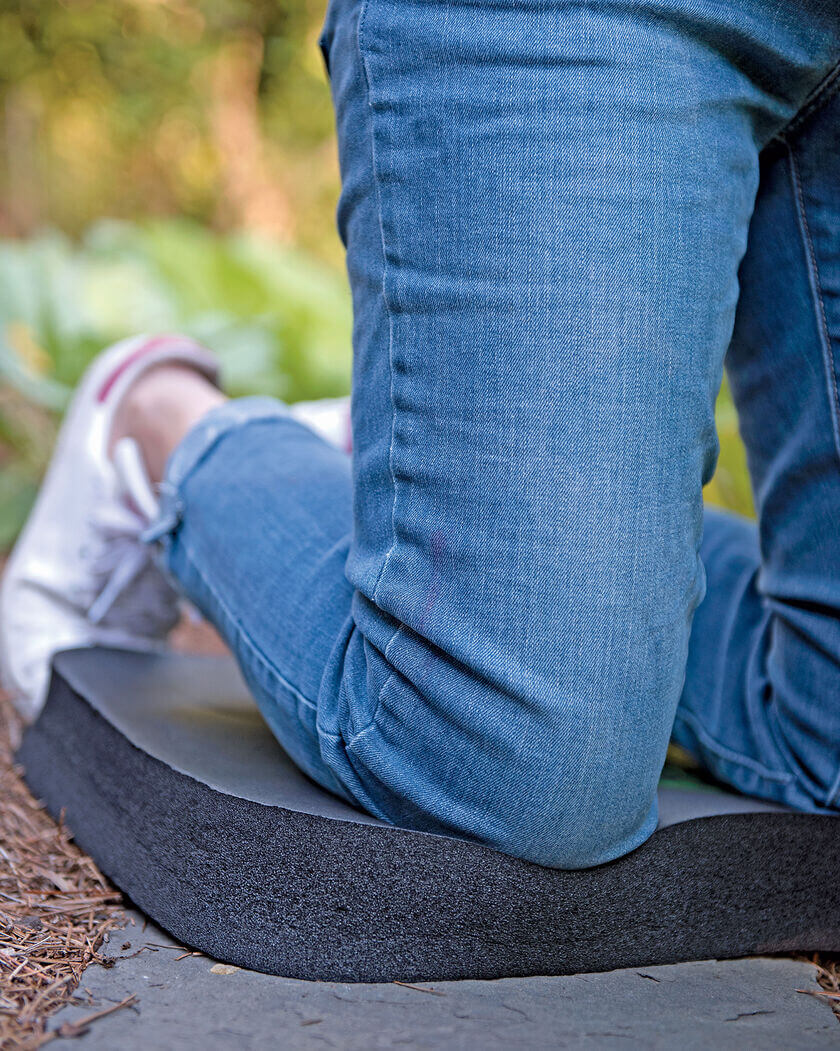
And when you do need to get low to the ground, a classic foam kneeling pad provides you with the support and comfort you need to get the job done. Foam knee pads are another way to protect your joints so you can garden for years to come.
Gorilla Dump Cart
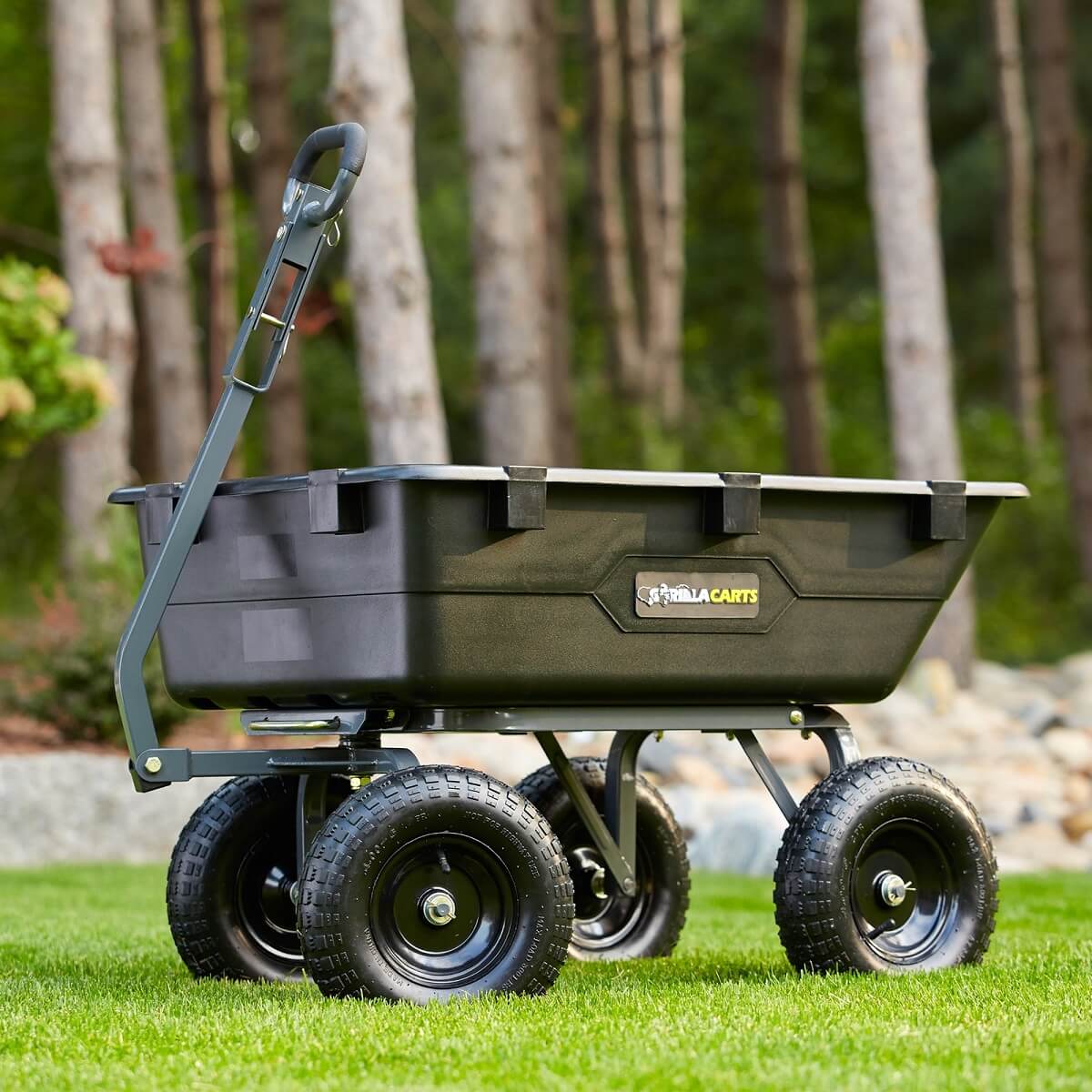
A gorilla dump cart is an excellent investment that can be used for all sorts of gardening tasks. Use it to wheel out heavy items and gardening tools or use it as a bin to collect your pile of garden weeds or yard waste. Gorilla carts are made out of high-quality poly material and have a maximum load capacity of 1,200 pounds. The handle is also padded for easy grip and movement.
Resources
- Gardening Health and Safety Tips, Centers for Disease Control and Prevention
- Growing Connections: Gardening with Seniors, Aging Care
- Lifestyle factors and risk of dementia, PubMed
